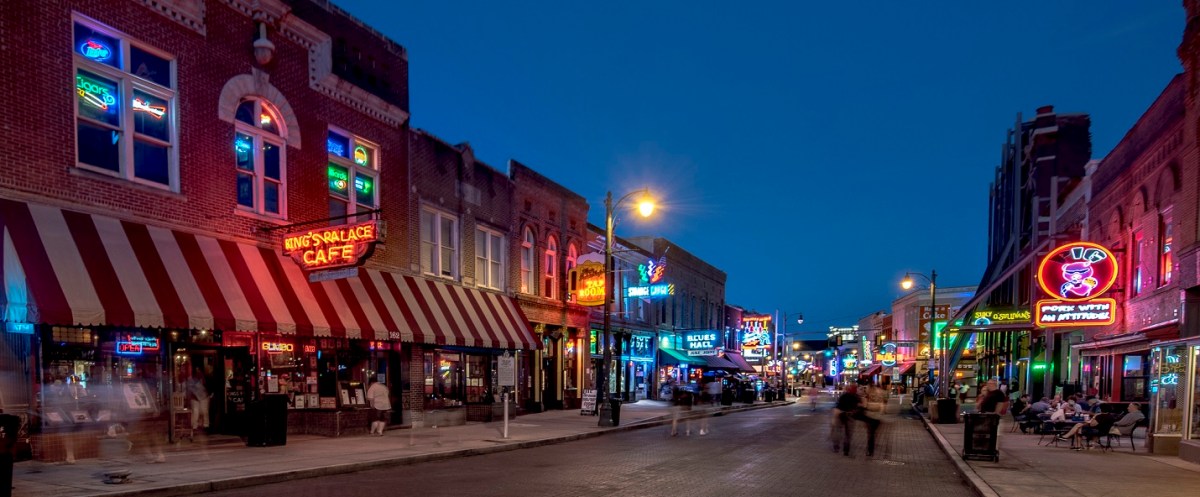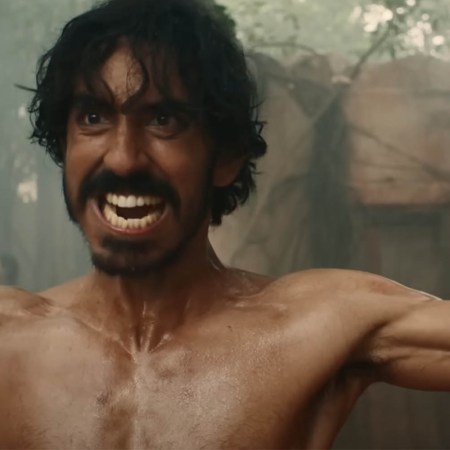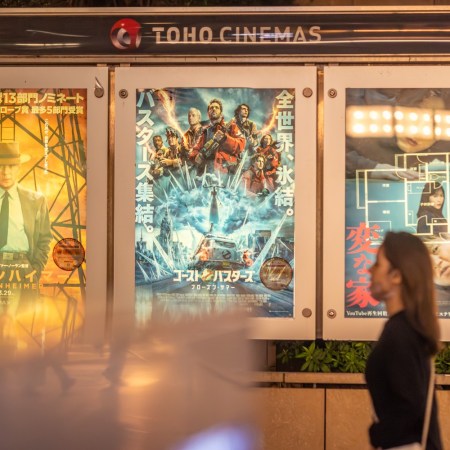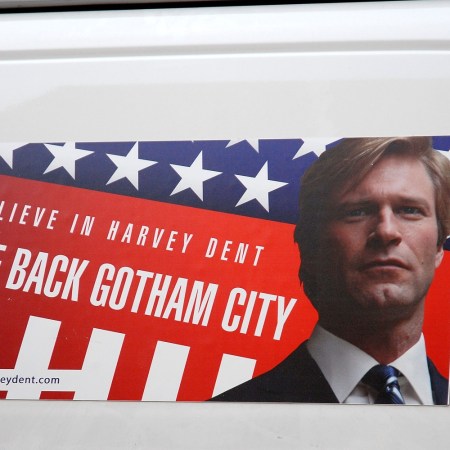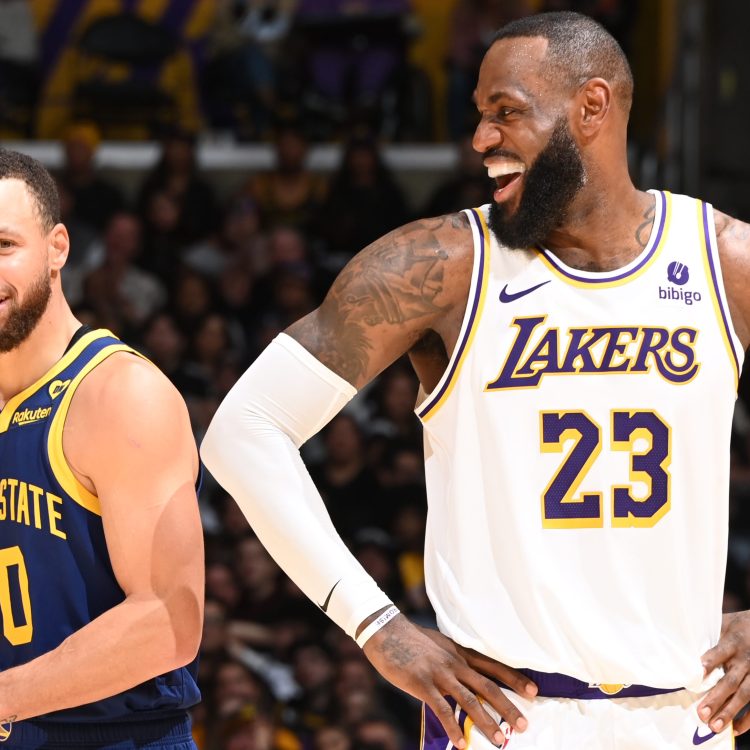I spent the weekend at the Memphis Film Prize —memphisfilmprize.com — an annual event founded by Gregory Kallenberg. The Prize culls 10 short films made in Memphis then screens them for a jury and a growing local audience (it doubled this year). The event then awards a grand prize of $10k to the winner of both the jury and the audience votes. Or, to quote their pithier slogan: “10 short films, $10,000 cash, you decide the winner.”
Having traveled on the big festival circuit for years and followed the now over-saturated awards films competition — my typical rotation is Berlin, Toronto, New York, Hamptons — I’d lost touch with the local filmmaking scenes outside my home base of the Hudson Valley, the Woodstock Film Festival and the growing filmmaking scene nurtured by the Hudson Valley Film Commission and Stockade Works founded by the actress Mary Stuart Masterson.
As much as the Memphis filmmakers, I needed to return to basics. Film on the local level is about having important stories to tell to add to the national conversation. It’s about the democratization of the art form. It’s about artists working outside the mainstream finding their voices and being supported to take the next step — even if that next step is just having the confidence to continue on this path that has no guarantees for either recognition or financial success.
It was eye-opening for a number of reasons:
Memphis is Way Cool
Memphis as a location and a state of mind is a fascinating place that begs to be a film location, from the majestic Mississippi River to the run down barbershops painted purple. It is a home of soul music, American music, and that sound that goes right to the heart and that beat that goes right to the feet — Al Green, Ike and Tina Turner, Isaac Hayes. The town and its culture are both unique and defiantly American. Walk one way and you tumble into The Arcade where Elvis had breakfast — take a turn and you’re staring at the Lorraine Motel where MLK was assassinated. That simple, human-scaled low-rise building that now houses the National Civil Rights Museum has more power and impact than the expensive and glitzy 9/11 Memorial in Manhattan even though that assault was an event I’d witnessed at close hand.
Filmmaking Diversity Must Cross State Lines
The filmmakers in competition included four out of ten people of color. White or black, many of their stories — like Memphis itself — reflected a culture where race relations are a complicated synthesis not easily broken down into one-dimensional notions of segregation. Whether it was the winner Last Day, Kevin Brooks’ drama based on the experience of the filmmaker’s niece of an African American father’s last day with his daughter before facing a judge and a potentially long prison sentence, or Will Robbins’s Minority, a sketch in a mini-mart where a black woman clerk overreacts to the presence of a white shopper in a hoodie while reading a magazine with a photo of Trump bearing the headline “The First White President,” these stories resonated. So did Kyle Taubkin’s drama Patrick, about an almost mystical encounter at a basement Alcoholics Anonymous meeting that had more authenticity in 15 minutes than Gus Van Sant’s recent 12-step dramedy Don’t Worry, He Won’t Get Far on Foot starring Joaquin Phoenix and Jonah Hill.
Moving Images Are Our National Art Form – and Our Nation is Bigger than the Coasts
Whether it’s watching film, video or web series, creative Americans have grown up in a visual culture. When these artists want to express themselves, they choose the familiar medium at their fingertips. With more accessible equipment and, in some cases, college or community technical and creative training, these individuals are dedicating huge chunks of their lives, drawing on family and friends, to transform their vision into works of art. It’s inspiring. There’s so much juice among these filmmakers and an event like the Memphis Film Prize brings together a community to share ideas — and gaffers and grips.
Talent Discovery
In two of the short films, the African American actress Rosalyn R. Ross popped. Seeing her on screen, I thought of when I first met America Ferrara and Alicia Braga at the Sundance Film Festival long before their careers took off — and how I knew they had a spark that couldn’t be extinguished. Ms. Ross, who had a part in the feature Columbus, also reminds me of Emayatzy Corinealdi, the Kentucky actress and star of Ava DuVernay’s Middle of Nowhere who went on to play Candace on HBO’s Ballers.
The importance of regional film festivals is that they develop and showcase talent outside the New York – Los Angeles axis and the approved feeder schools. And as institutions and studios develop programs to be more inclusive in the filmmaking process, these events are a touchstone for individuals who are already out there, making film and video and voicing the complexity of the American experience. Memphis reminded me that the soul of America is so much richer than what we typically witness on cable — or at the Cineplex.
This article was featured in the InsideHook newsletter. Sign up now.
